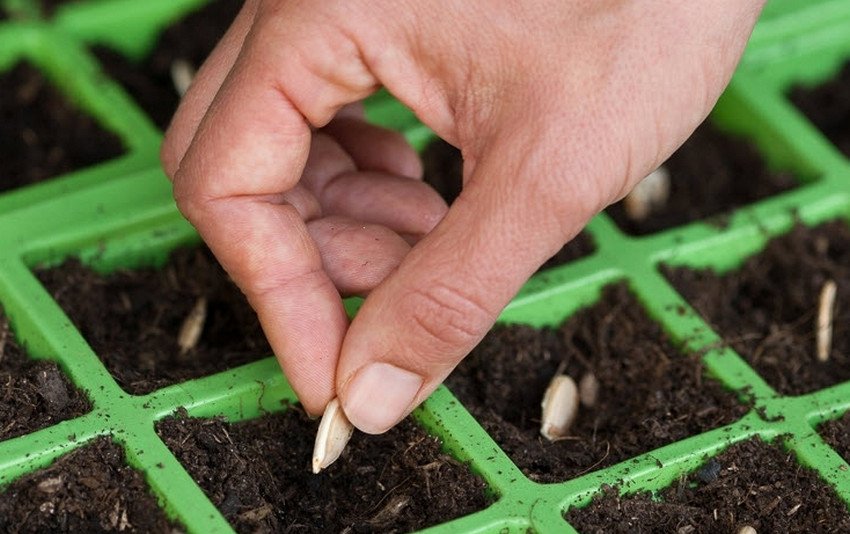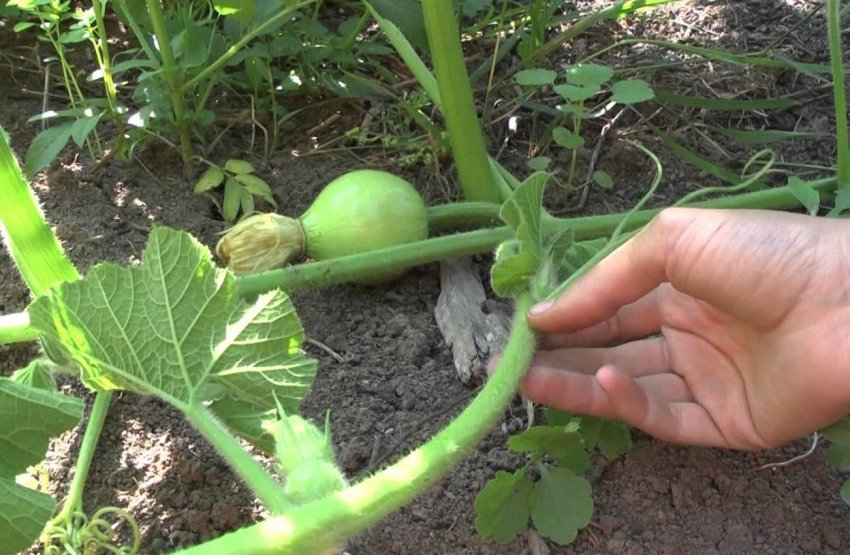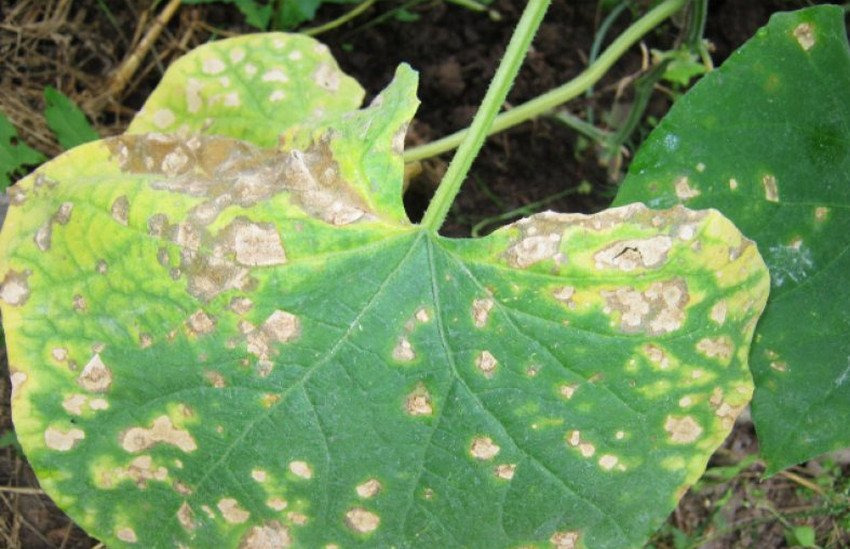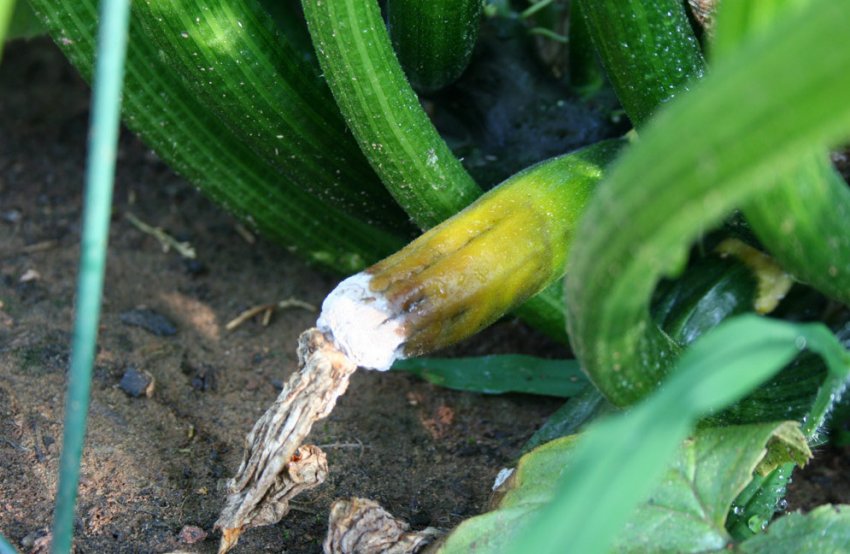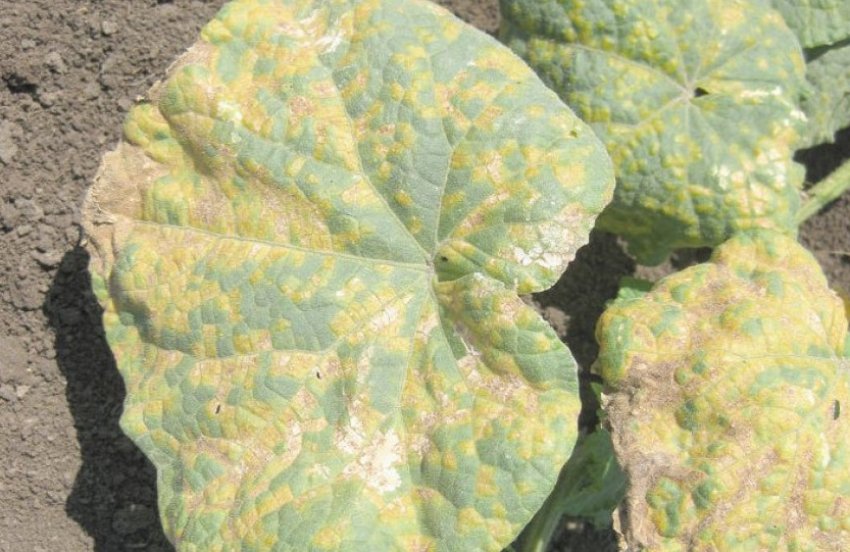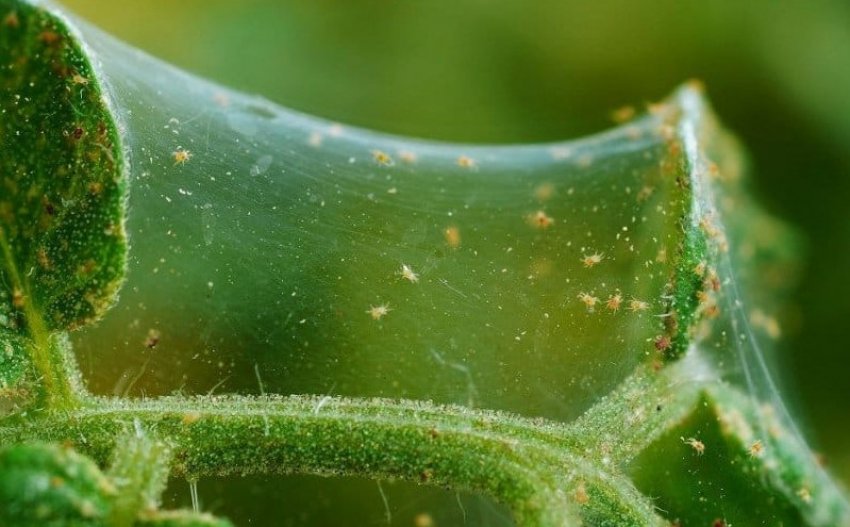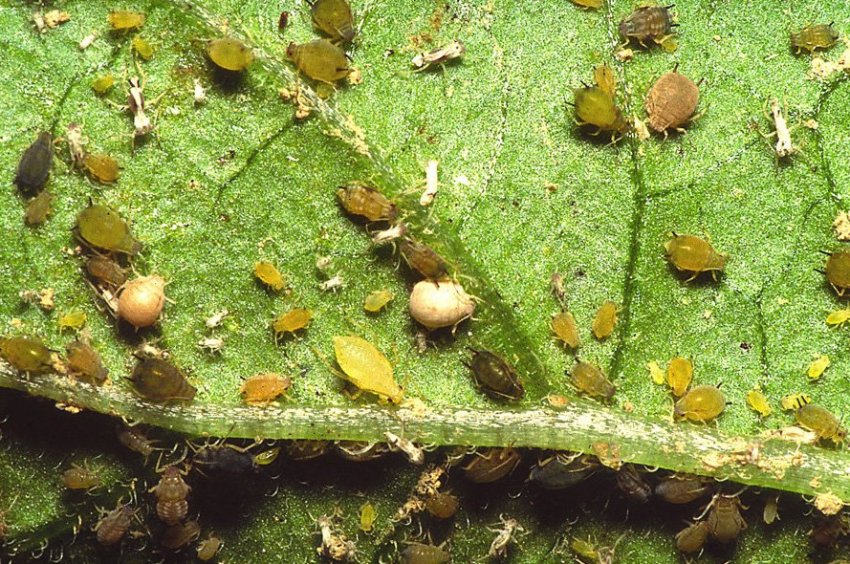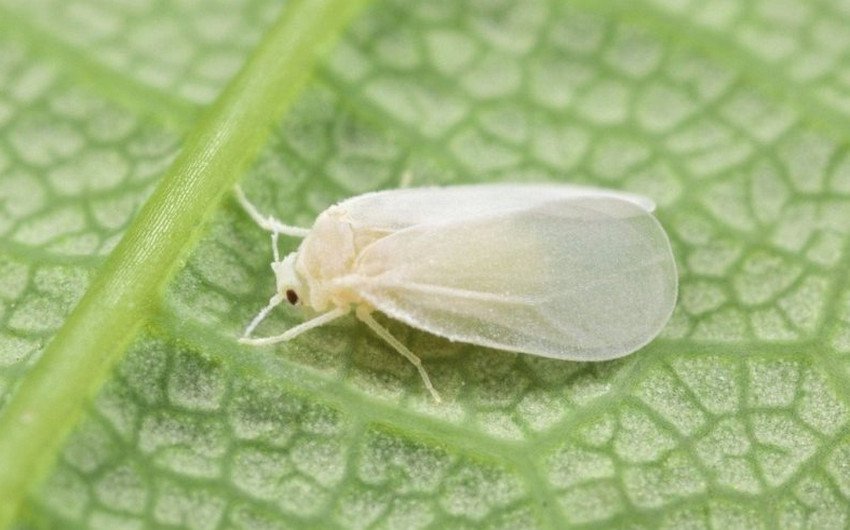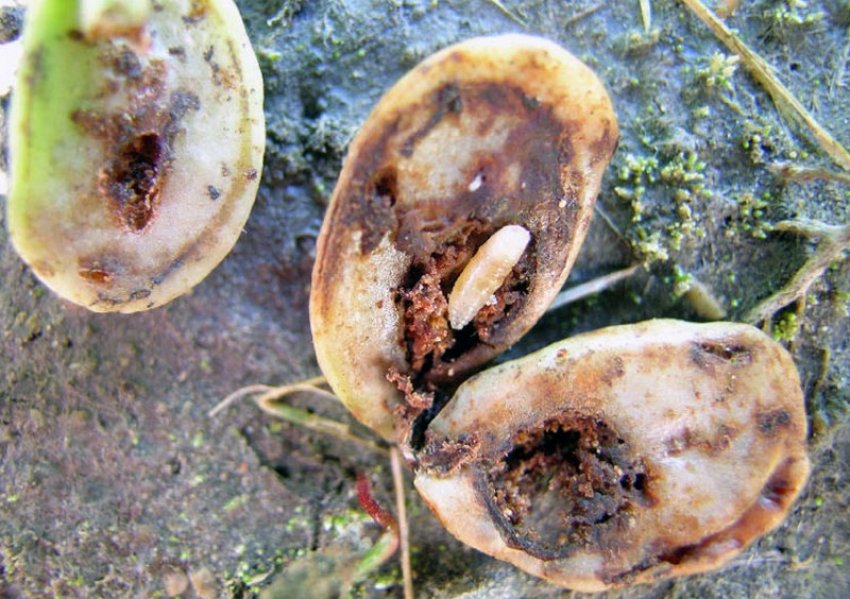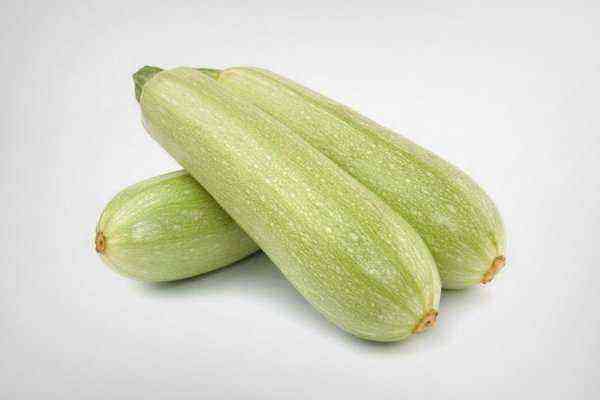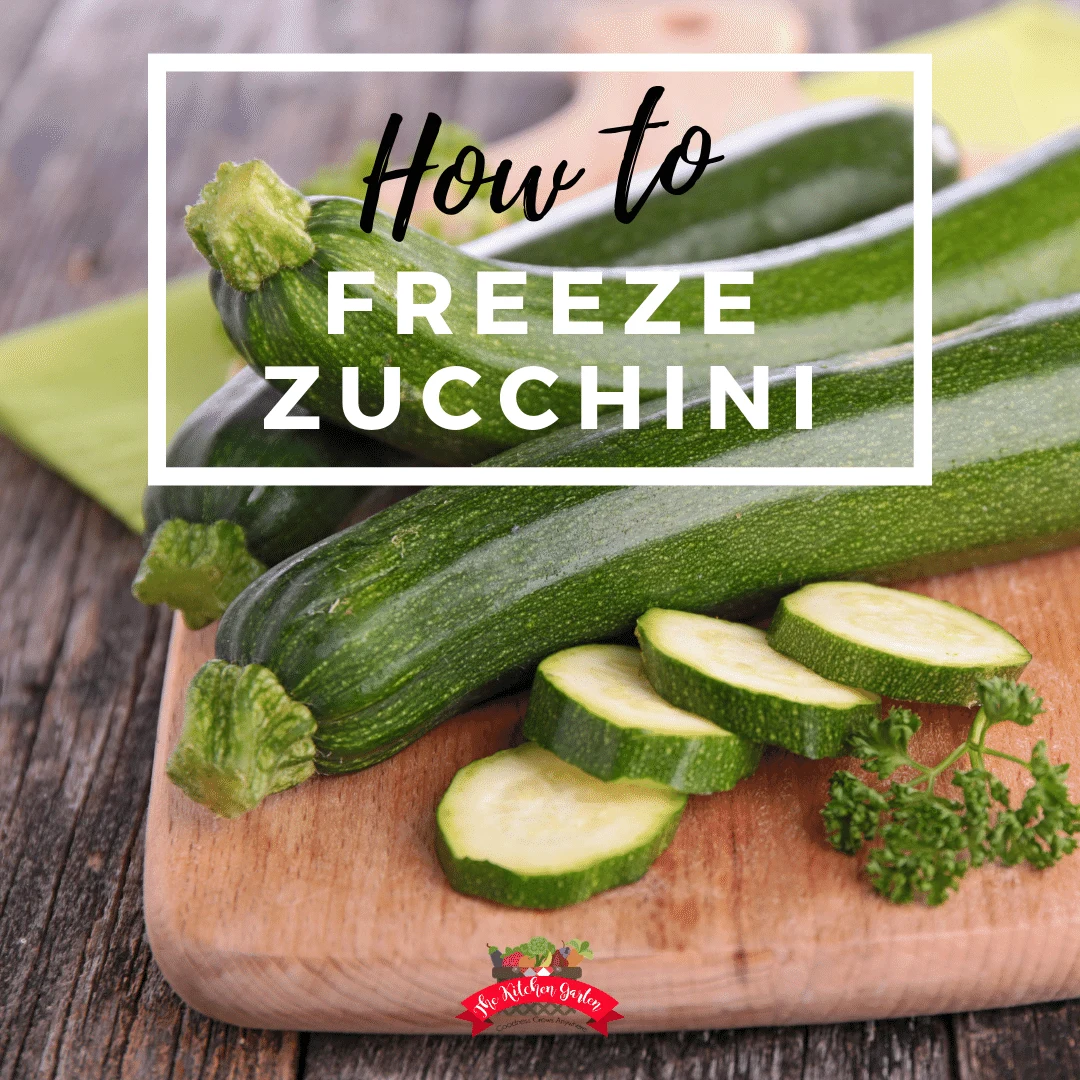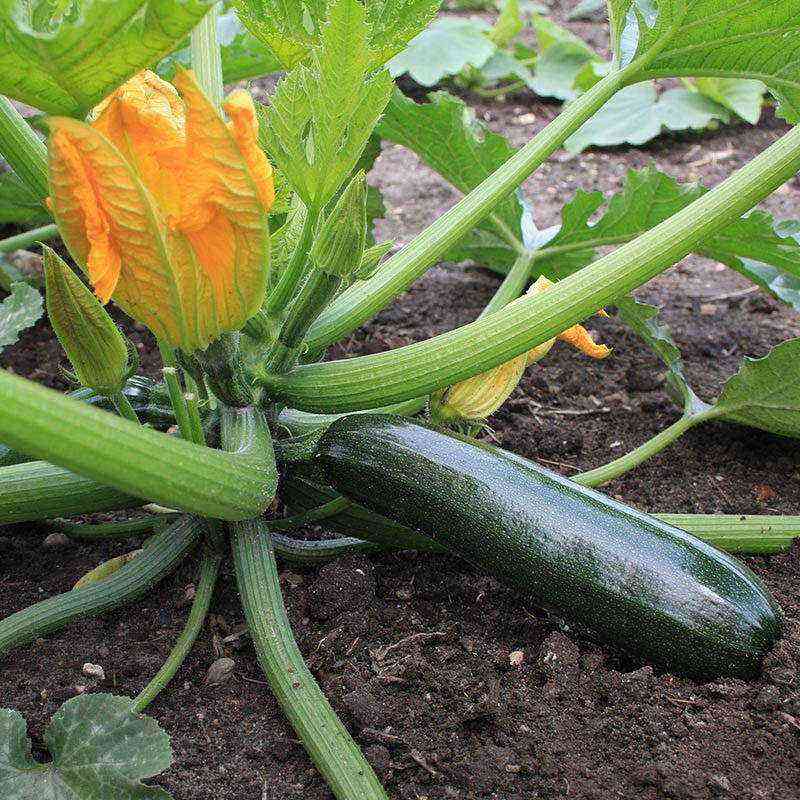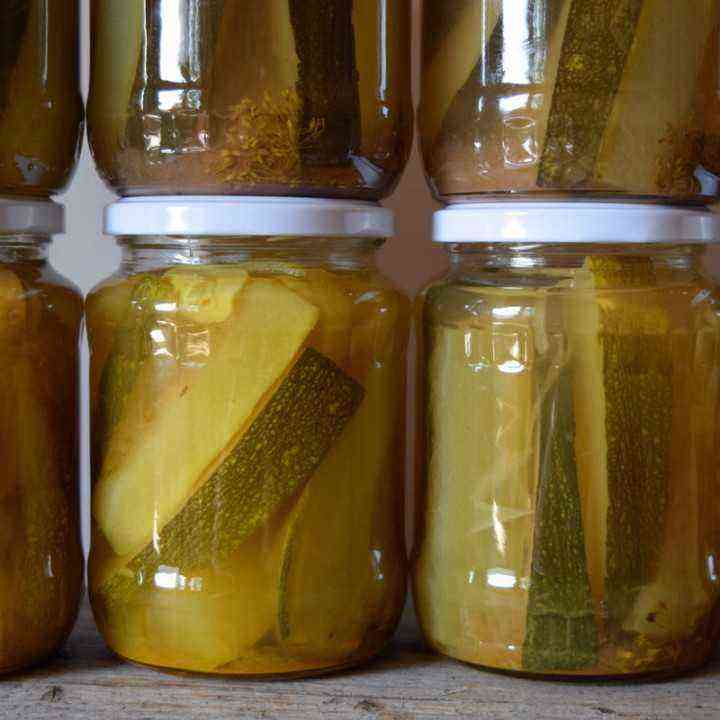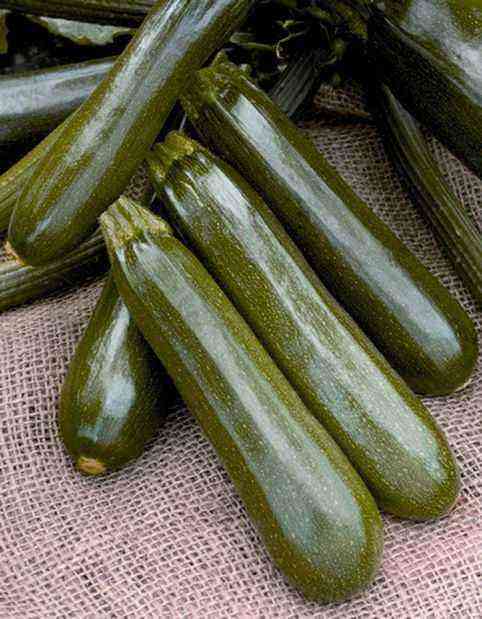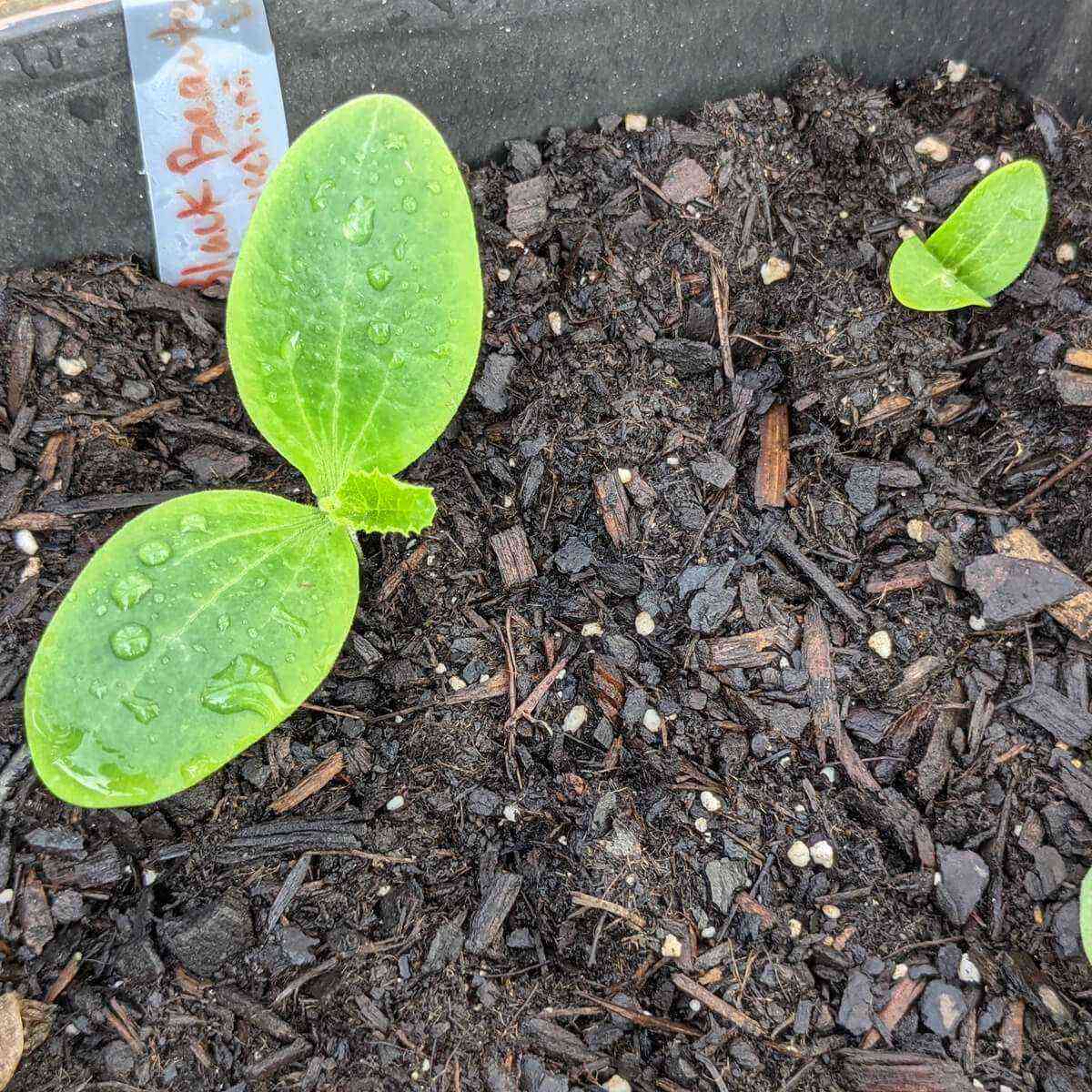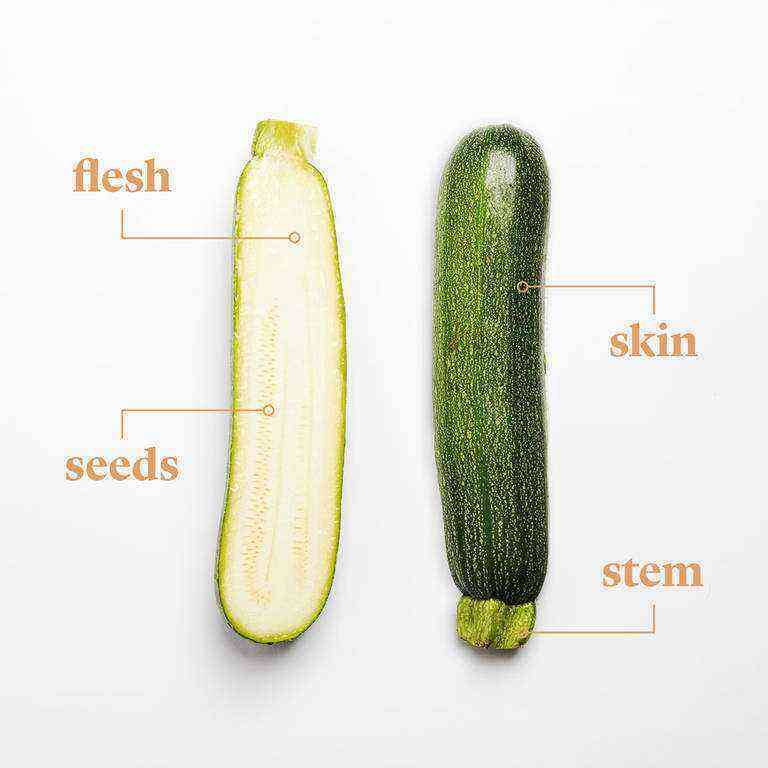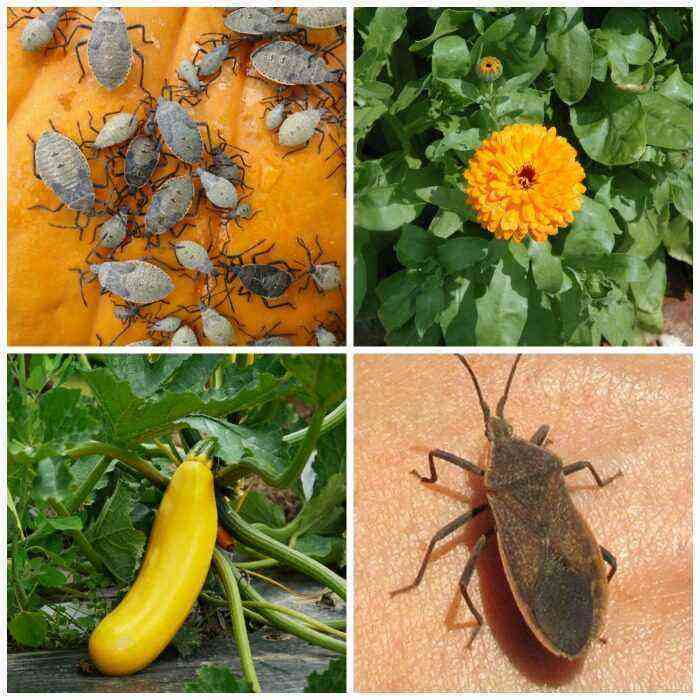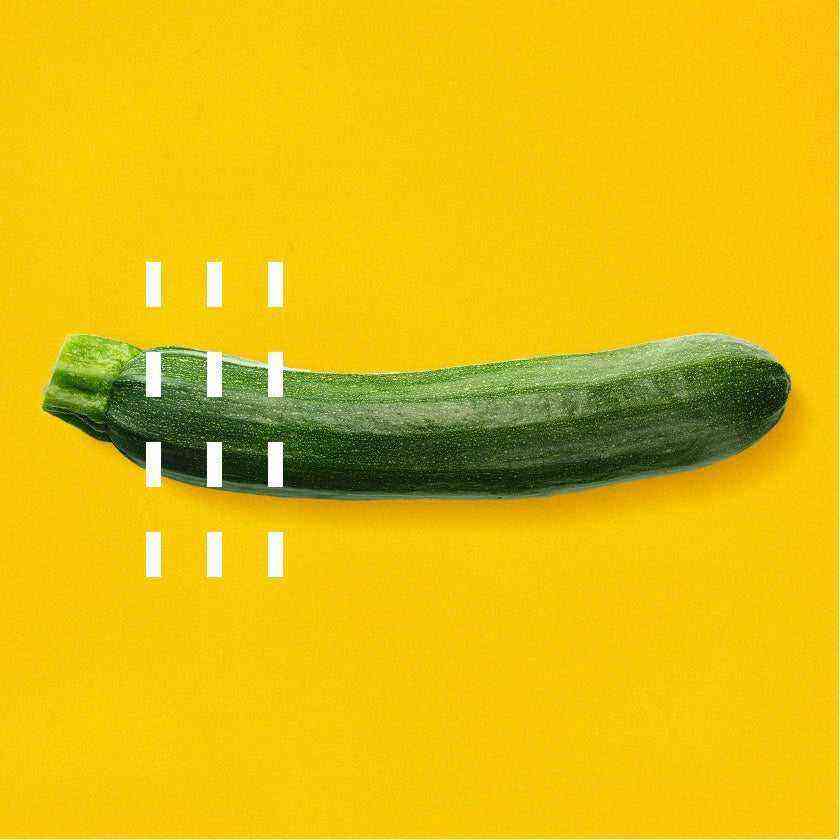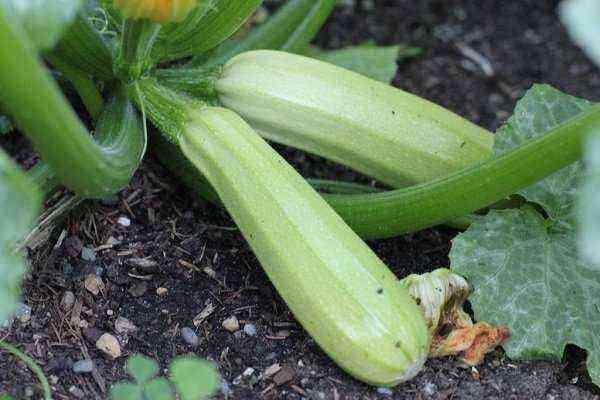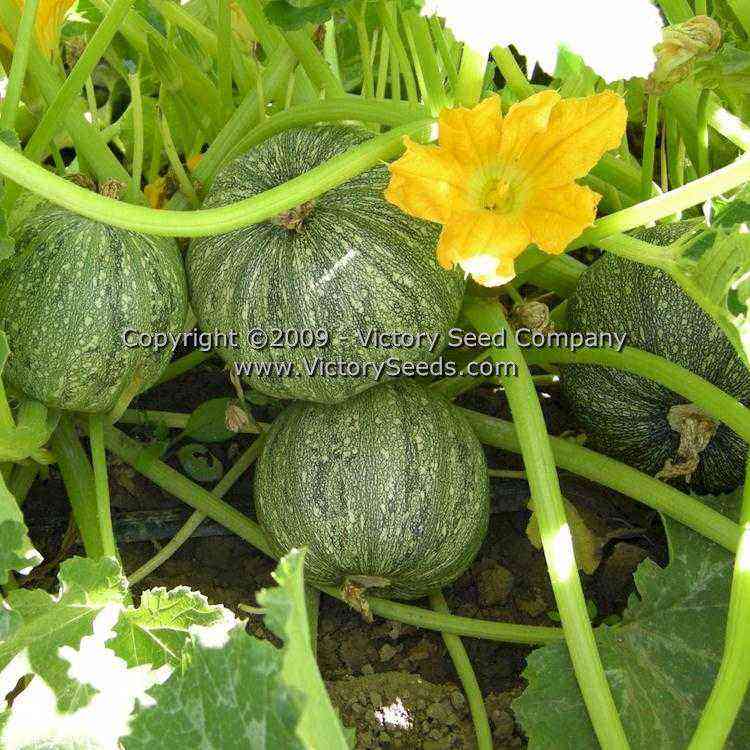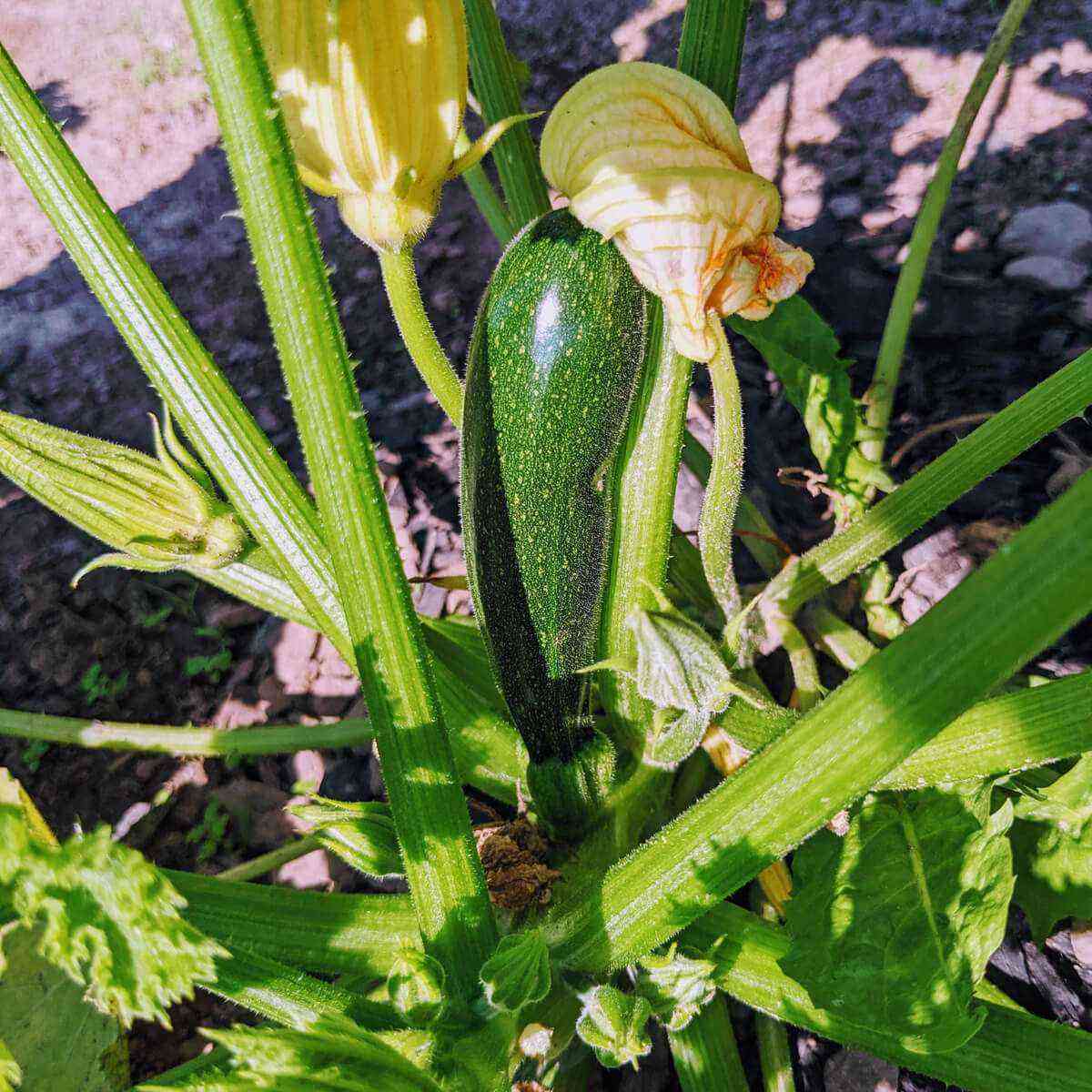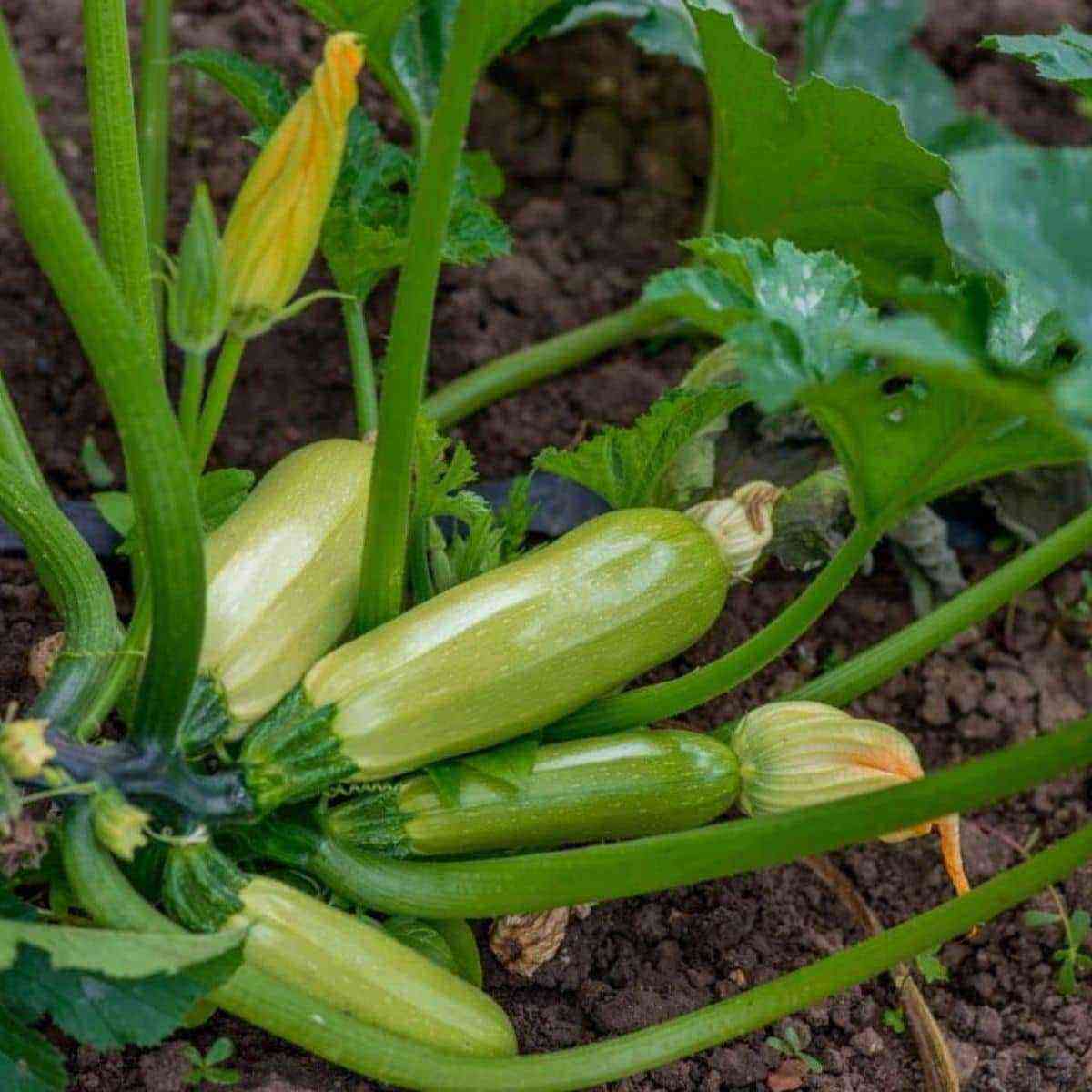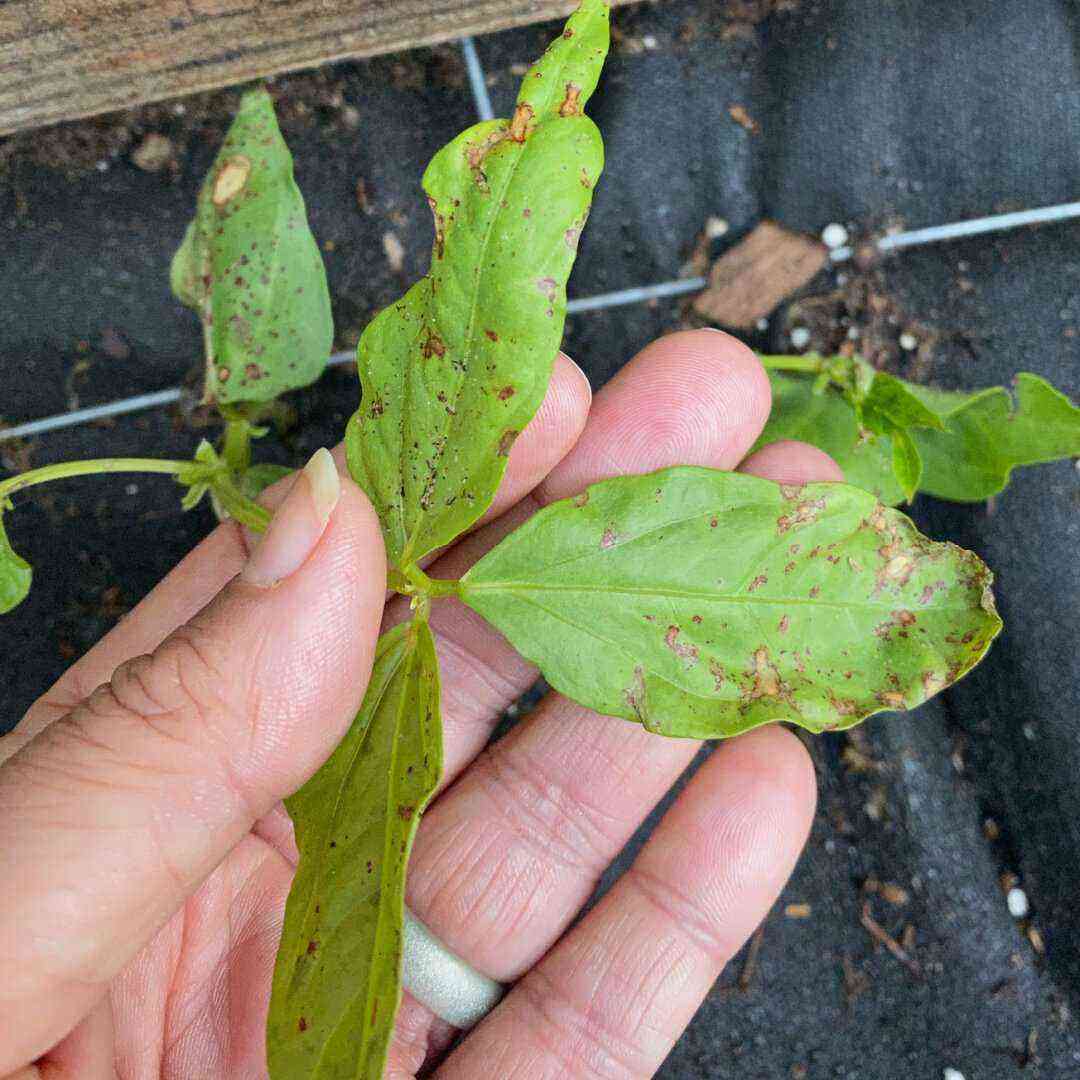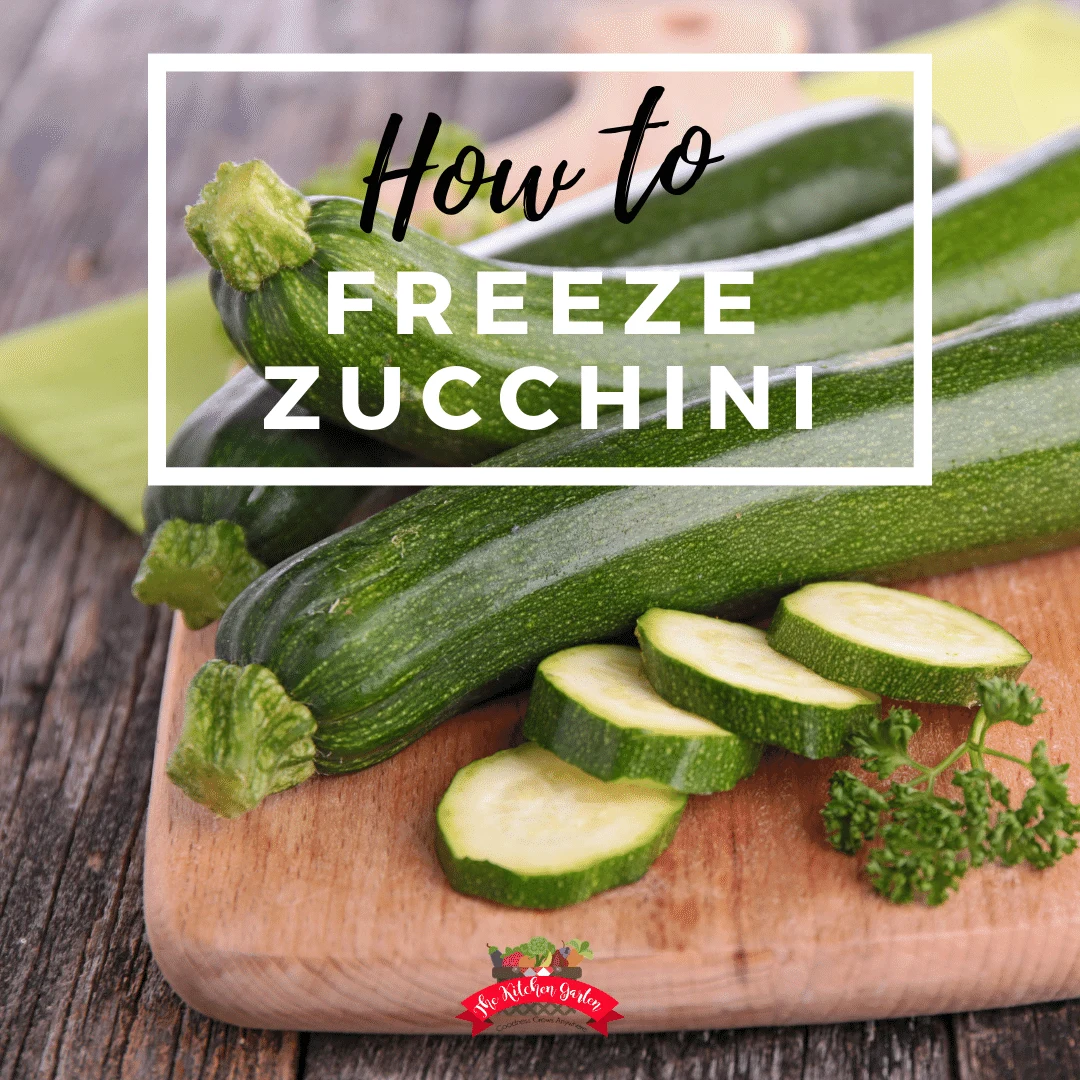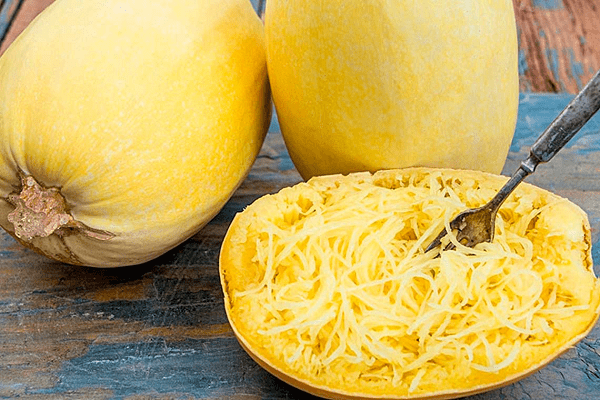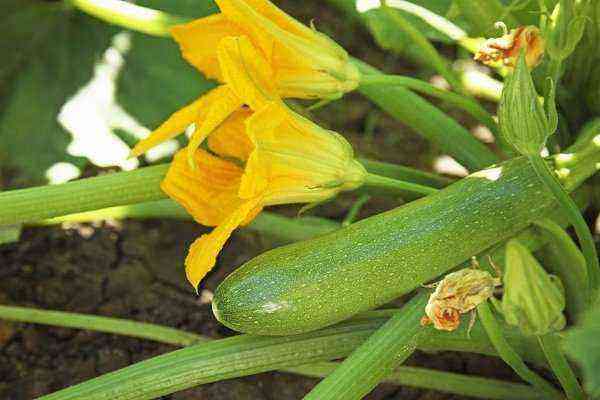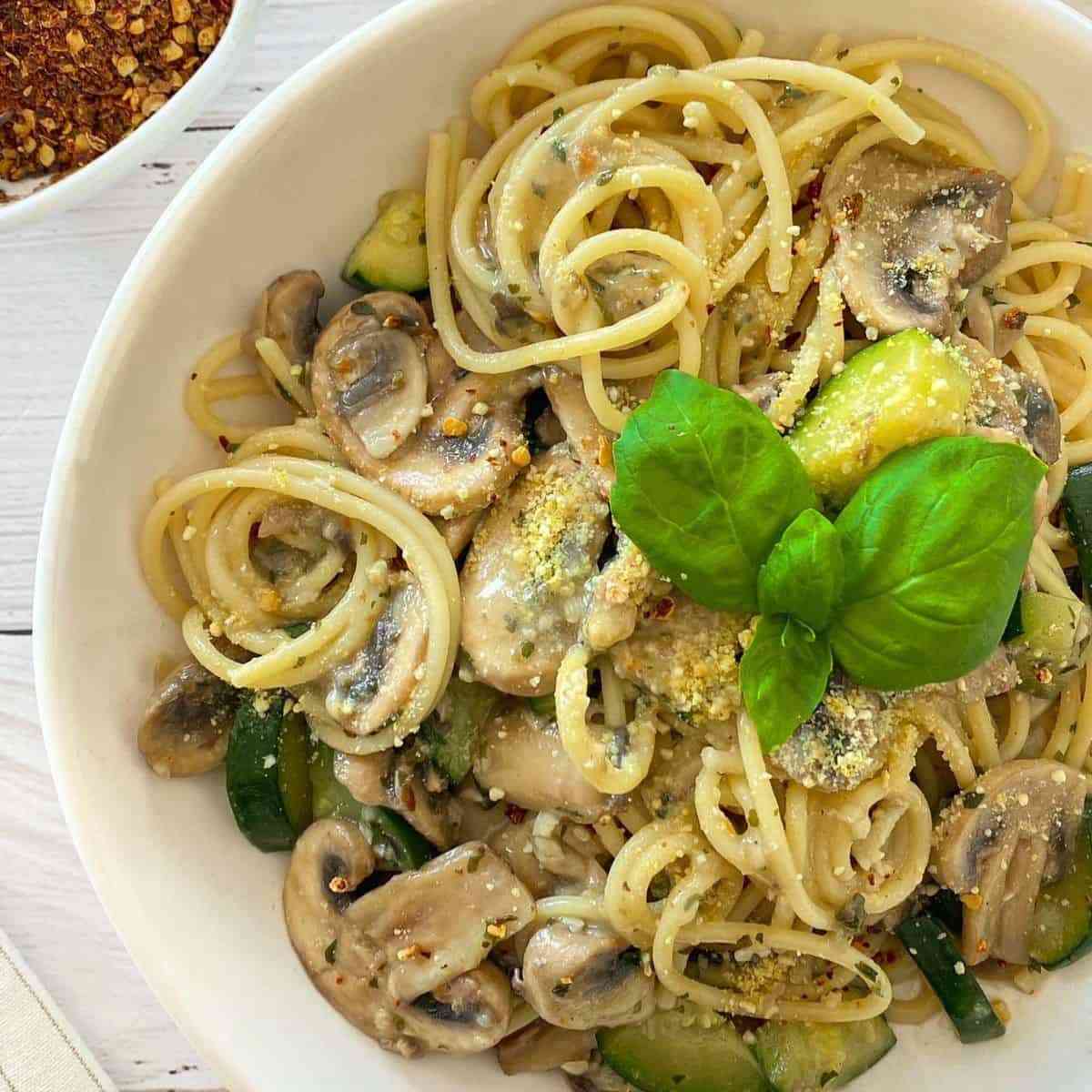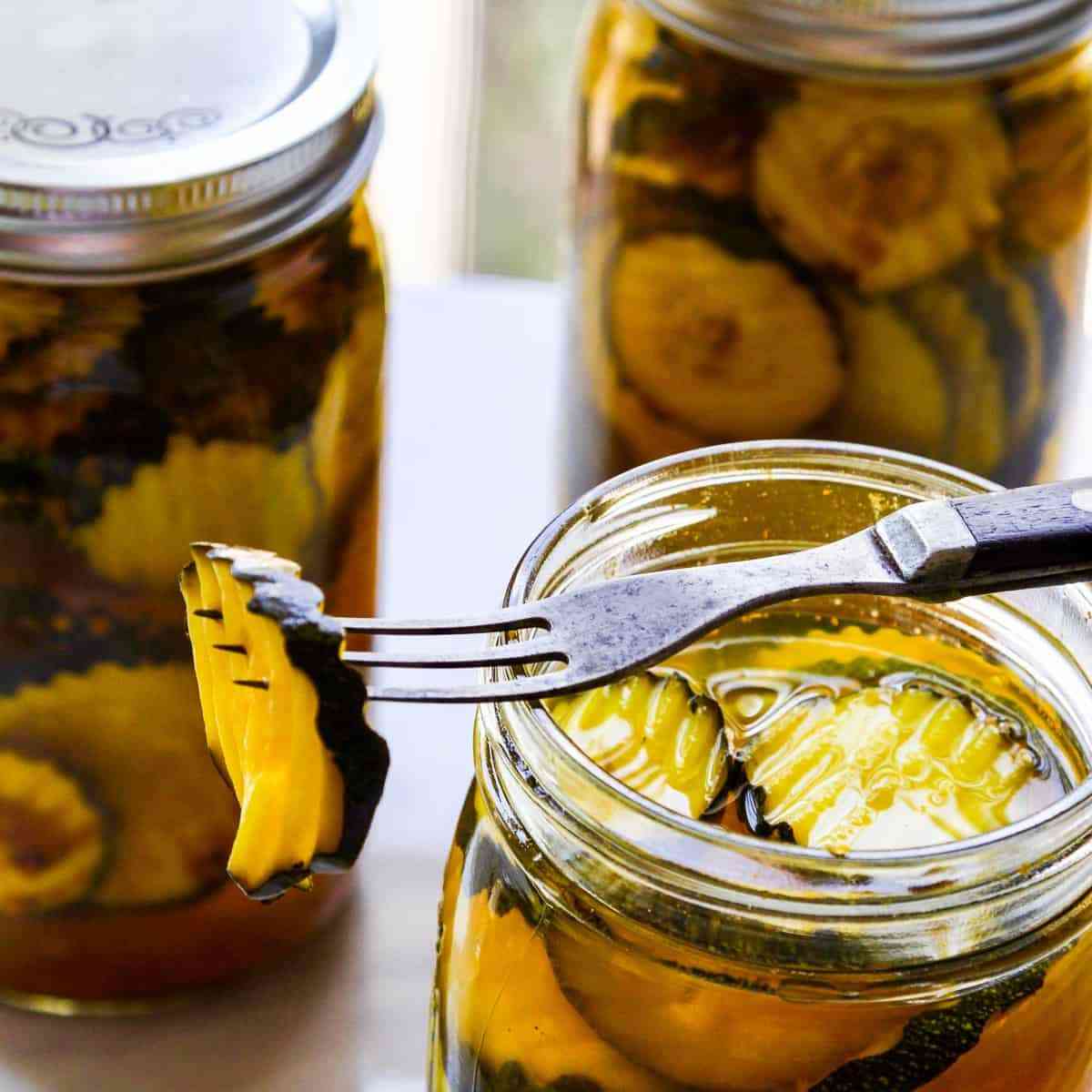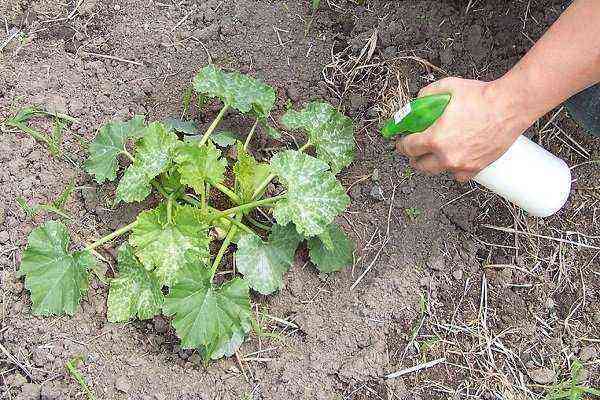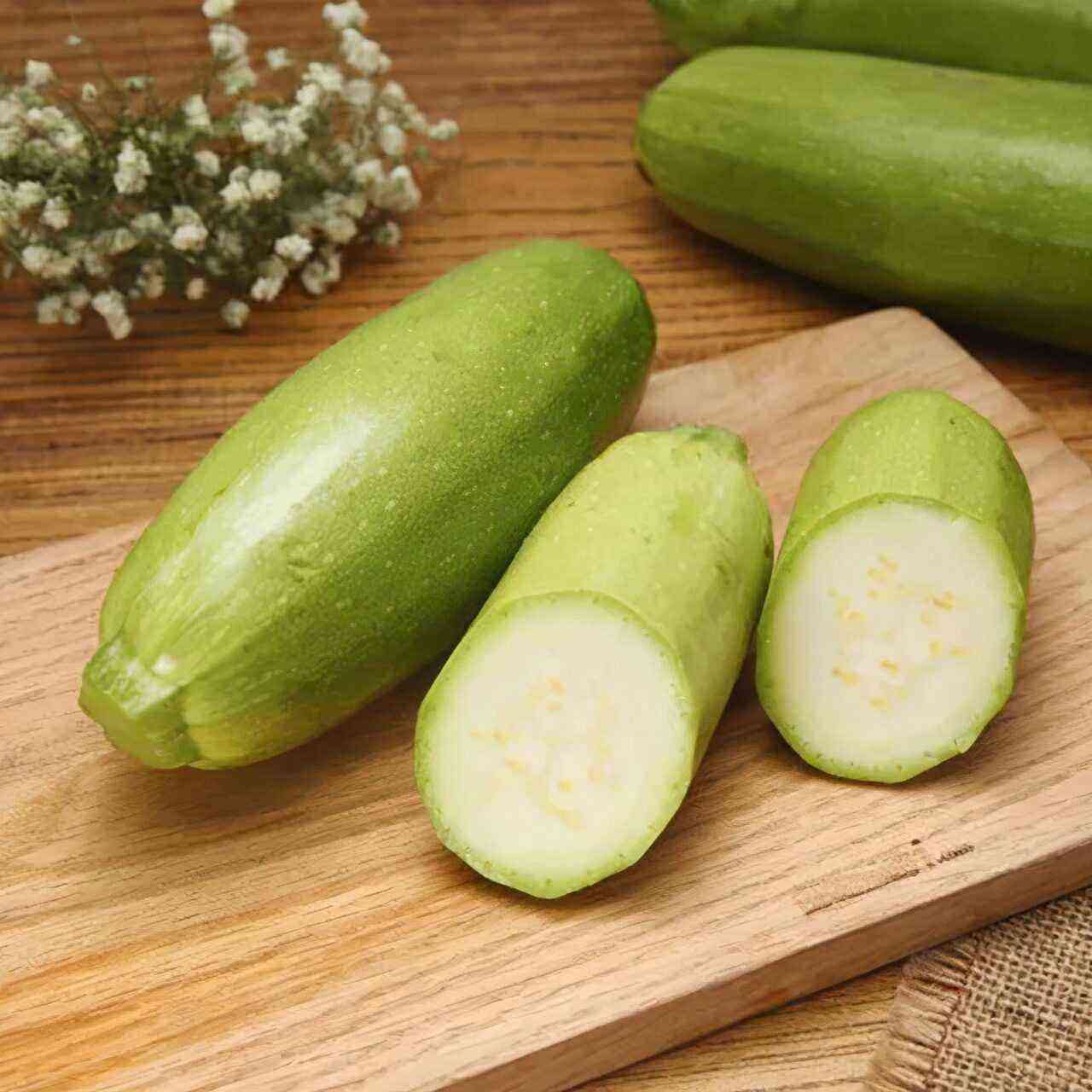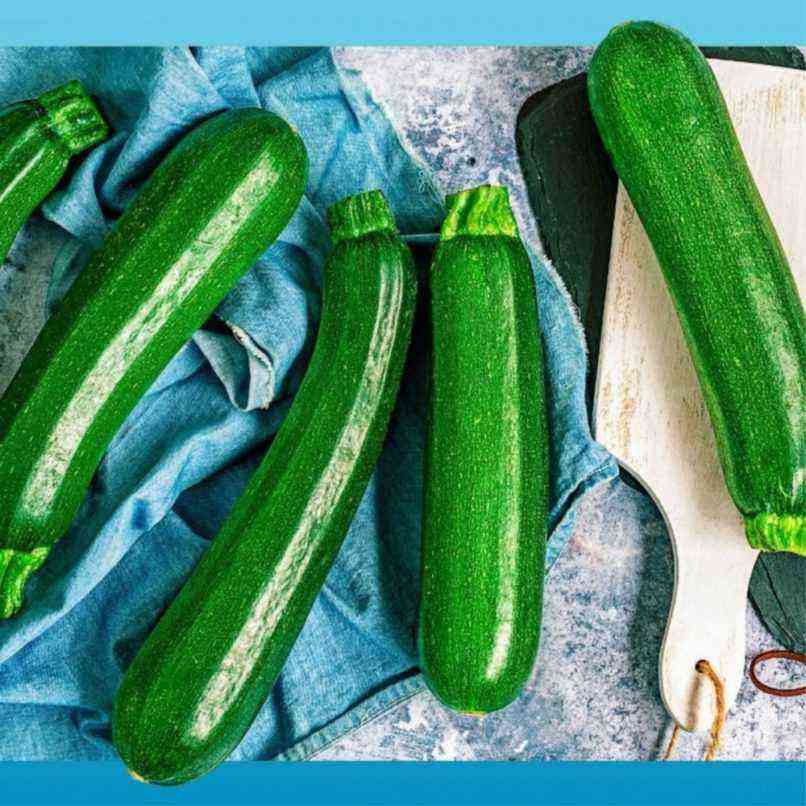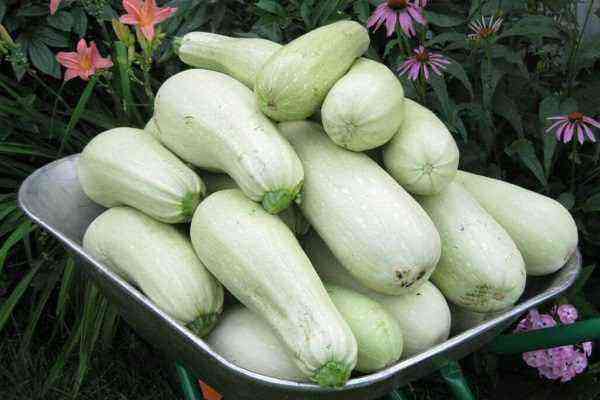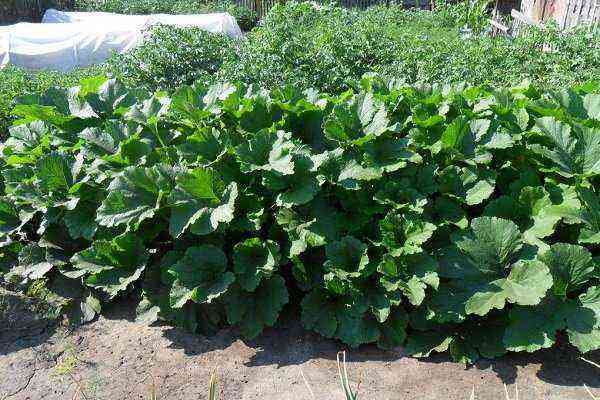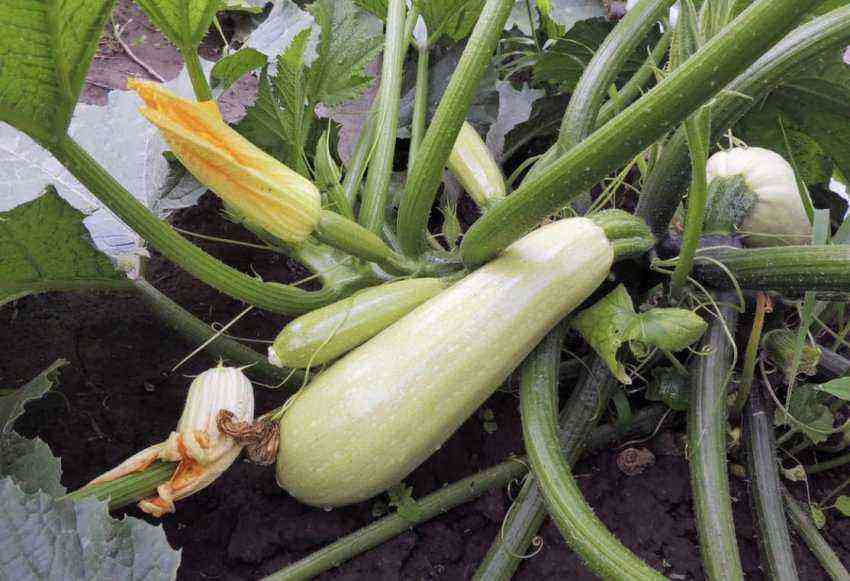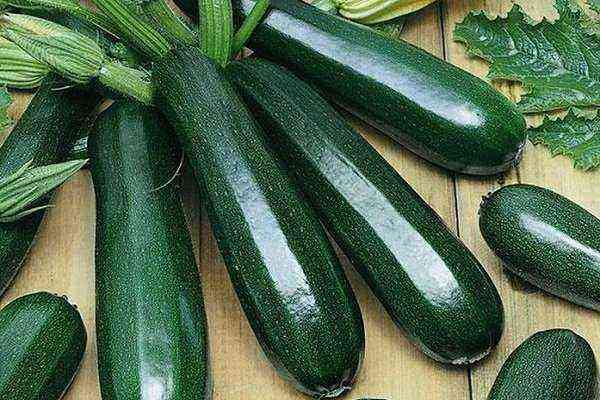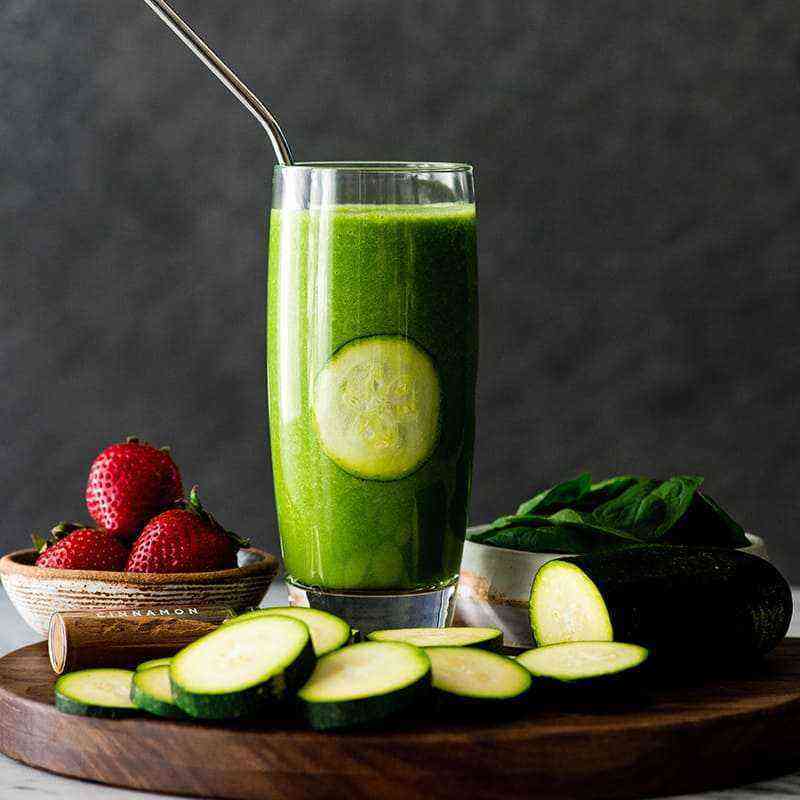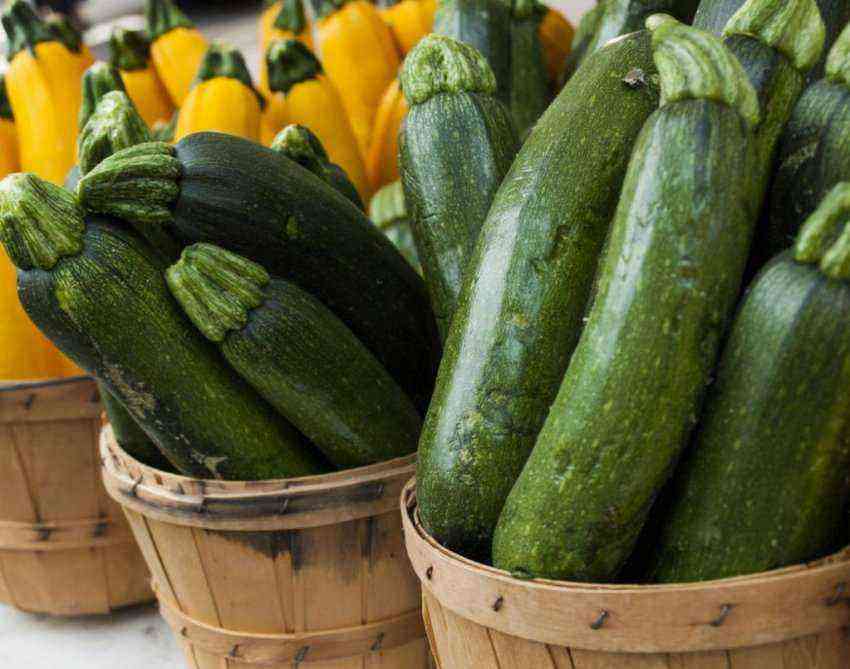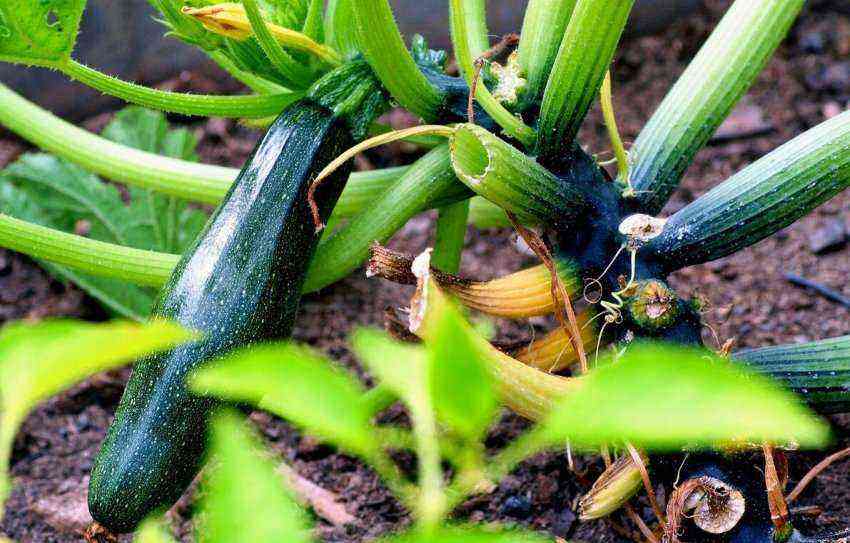Orange zucchini have an unusual appearance, which attracts gardeners. In addition to an interesting shape, the variety has many advantages. About the characteristics of these zucchini and the rules for their cultivation, read further in the article.
History of the Orange Zucchini variety
Zucchini Orange is the fruit of the work of Russian originators. Seeds are produced and distributed by the Russian Ogorod-NK brand.
Did you know? The largest zucchini was grown by British gardener John Handbury in 1998. The weight of the vegetable was 61,23 kg.
Description and characteristics of the variety
Orange zucchini are round in shape. The peel is a bright orange hue, which is why the variety got its name. The average diameter of one fruit is 16 cm. The average weight of a vegetable is 300 g. The pulp is juicy and sweet. Bushes do not grow sprawling, small in size. The leaves are large, dark emerald color.
The variety belongs to early maturing. The growing season averages 45–60 days. Yield is below average. From one bush gardeners collect about 4 kg of a ripe crop, in greenhouse conditions – up to 6-8 kg.
Advantages and disadvantages of the Orange variety
- Orange zucchini has several advantages:
- early maturation;
- fruit compactness;
- universal application;
- Possibility of eating raw.
- The variety also has several disadvantages:
- below average yield
- deterioration in taste and coarsening of seeds when the fruit is overripe.
Growing methods
The Orange variety can be grown by seedling and seedless method: each of them has its own characteristics.
Video: Zucchini Orange
Planting seeds in the ground
Seeds for a garden or a greenhouse are sown in mid-May, when there is no longer a threat of an unexpected cold snap. The optimum air temperature is + 25 ° С. Dates may vary depending on the climate.
Important! The minimum temperature indicator for growing seedlings is + 10 ° С. The temperature below is detrimental to the culture.
The soil is prepared six months before planting. To do this, the site is dug up to a depth of 20 cm. When digging, 1–5 kg of compost, 10 g of potassium sulfate and 25 g of superphosphate are added to the soil per 40 m².
When it’s landing time, follow these instructions:
- Dig holes 7–8 cm deep. Maintain a distance of 0,8 m between rows and 0,7 m between bushes.
- Moisten the soil in the holes.
- Sow seeds.
- Fill the holes with soil.
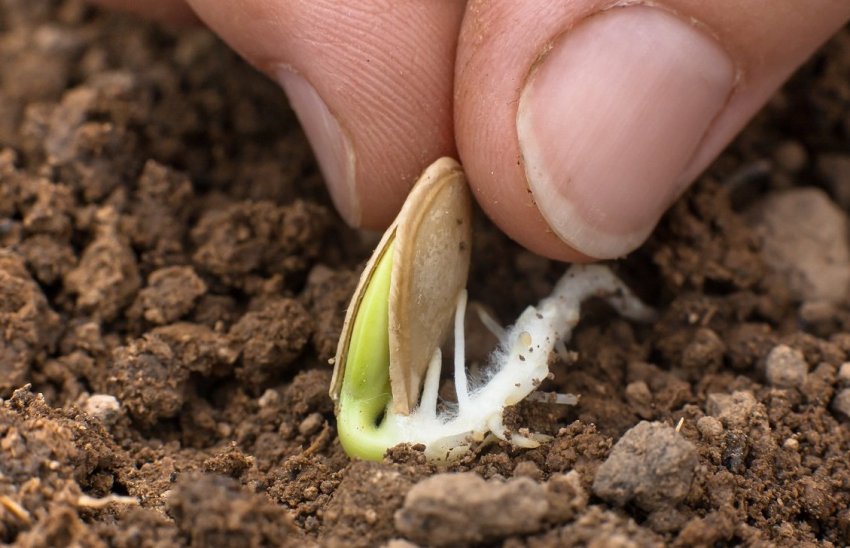
Seedling method
Seeds for seedlings are sown in mid-May. For sowing, it is necessary to prepare peat pots – in them the seeds show the best germination.
Did you know? Zucchini was brought to Europe in the XNUMXth century from Mexico. At first they were grown as an ornamental plant, and only in the XNUMXth century the vegetable was first eaten.
Growing and preparing seedlings are carried out as follows:
- Sow seeds in peat pots. Place containers in temperature conditions +25°…+30°С. Before the first shoots appear, spray the crops daily with a spray bottle. In such conditions, the first shoots will sprout in a week.
- In late May – early June, dive seedlings into larger pots filled with a fertile substrate. Suitable soil for growing zucchini can be purchased ready-made at garden stores.
- 30 days after sowing, at the end of June, transplant the seedlings to a permanent place. When planting, stick to the pattern of 0,7 m between bushes and 0,8 m between rows.
Features of care
When growing a variety, planting care plays a major role.
In greenhouse conditions, try to maintain the temperature within + 18 … + 25 ° С. Bushes also need to provide bright lighting. The optimal light day for the variety is 7 hours a day.
Watering is carried out as needed. The soil is moistened when the top layer dries out by 1-2 cm. The soil is irrigated under the bush so that water does not fall on the leaves. After each watering, the soil in the aisles must be loosened. In parallel with loosening, weeds can be removed.
To better retain moisture in the soil, planting is best mulched. Mulch should be organic materials such as straw or sawdust.
Fertilizers are recommended to be applied three times during the growing season:
- before budding – a solution of 1 tbsp. l. nitrophoska and 500 ml of mullein per 10 liters of water;
- during flowering – a solution of 30 g of ash per 10 liters of water;
- with mass ripening of fruits – a solution of 30 g of nitrophoska per 10 liters of water.
Important! When preparing solutions, do not use more products than recommended. Excessive feeding negatively affects the development of bushes and fruits.
In case of strong growth of the plant, the bush should be pinched. To do this, remove 2-3 leaves growing near the ovary – this way the fruits will receive more nutrition.
Difficulties in growing
When growing a variety, difficulties can arise in the form of diseases and pests.
Among the most dangerous diseases:
- anthracnose;
- mučnistaâ rosa;
- gray rot;
- peronosporosis, or downy mildew.
If a disease is detected, the affected parts must be removed. For treatment, the bushes are treated with Bordeaux liquid.
The variety is also susceptible to pest attacks, including:
- spider mite;
- melon aphid;
- whitefly;
- sprout fly.
Insecticide treatment is recommended to get rid of parasites. The most acceptable option is spraying with a solution of “Confidor” (1 ml per 10 liters of water).
Harvesting rules and scope of fruits
The crop must be removed as it ripens, without leaving the fruit on the bush for a long time. If you do not pick the zucchini immediately, the taste is lost, the flesh becomes dry and tasteless, and the seeds coarsen.

Zucchini Orange is unusually tasty, which won the attention of Russian gardeners. However, to grow a plant, you need to make a lot of effort. Only with proper planting and proper care on the bushes will a large number of high-quality fruits ripen.
